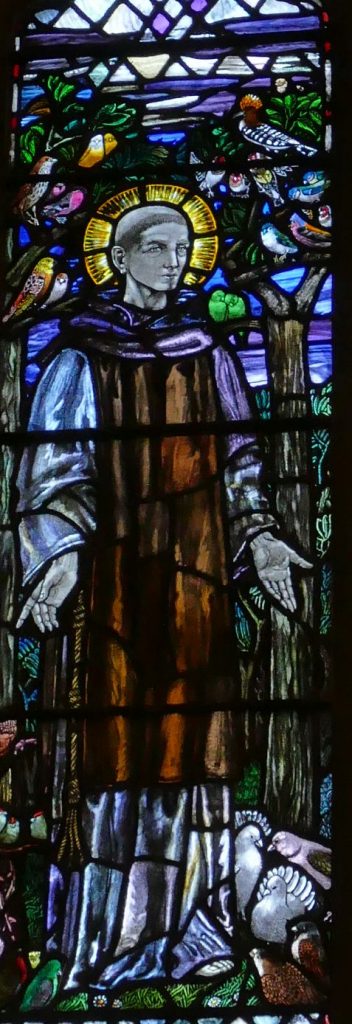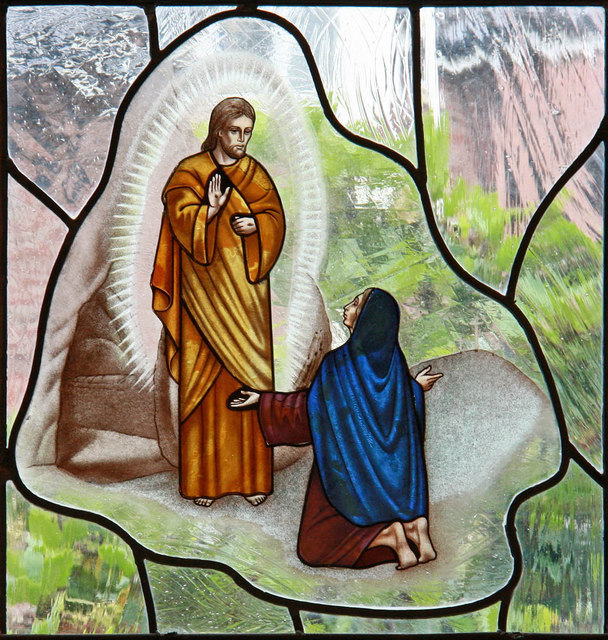Today’s hymn from Sing Praise is a modern classic, “See what a morning” by Stuart Townend. It has a very catchy tune, assisted by a syncopated rhythm that suits the joyful theme. There is no separate chorus but each of the three verses has the same last line: “For he lives, Christ is risen from the dead!”
The first half of each of the first two verses set out some of the evidence for the resurrection from the Gospels: folded grave clothes, tomb filled with light (i.e. angels), the angels announcing that he is risen, Mary hearing Jesus speak her name. The rest is what follows from that evidence in terms of our Easter faith, described near the start as “the dawning of hope in Jerusalem”. God’s salvation plan, once “borne in pain, paid in sacrifice” is fulfilled as Christ lives. The voice of the risen Lord is “speaking life, stirring hope, bringing peace”, but it also “spans the years … [and] will sound till he appears”, for the resurrection is a timeless event.
The last verse perhaps looks forward to the feast of the Ascension at the end of the forty days of Easter, with Christ now “one with the Father through the Spirit” and reigning as King. The final lines are a series of shouts of triumph making the most of the syncopations: “We are raised with him, death is dead, love has won, Christ has conquered, we shall reign with him, for he lives, Christ is risen from the dead!” Though the Resurrection will keep theologians debating until Kingdom come, a congregational hymn like this keeps its theology short and punchy.

